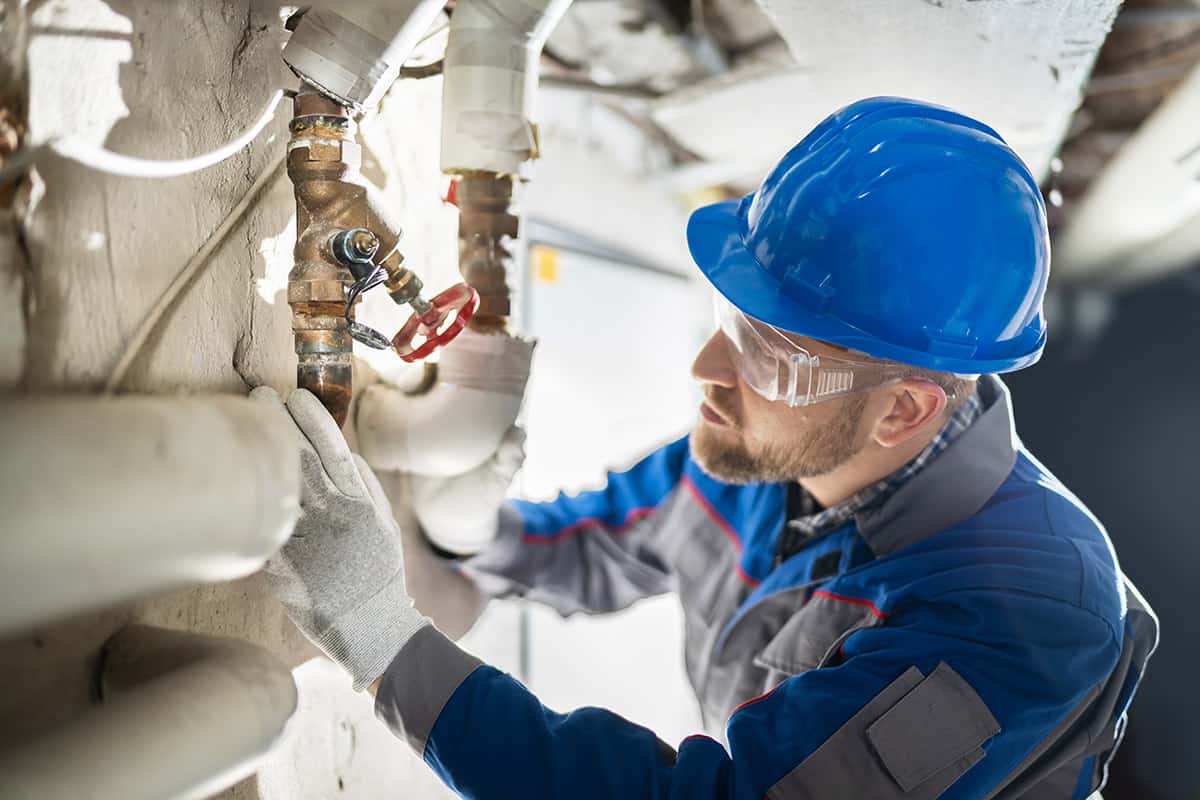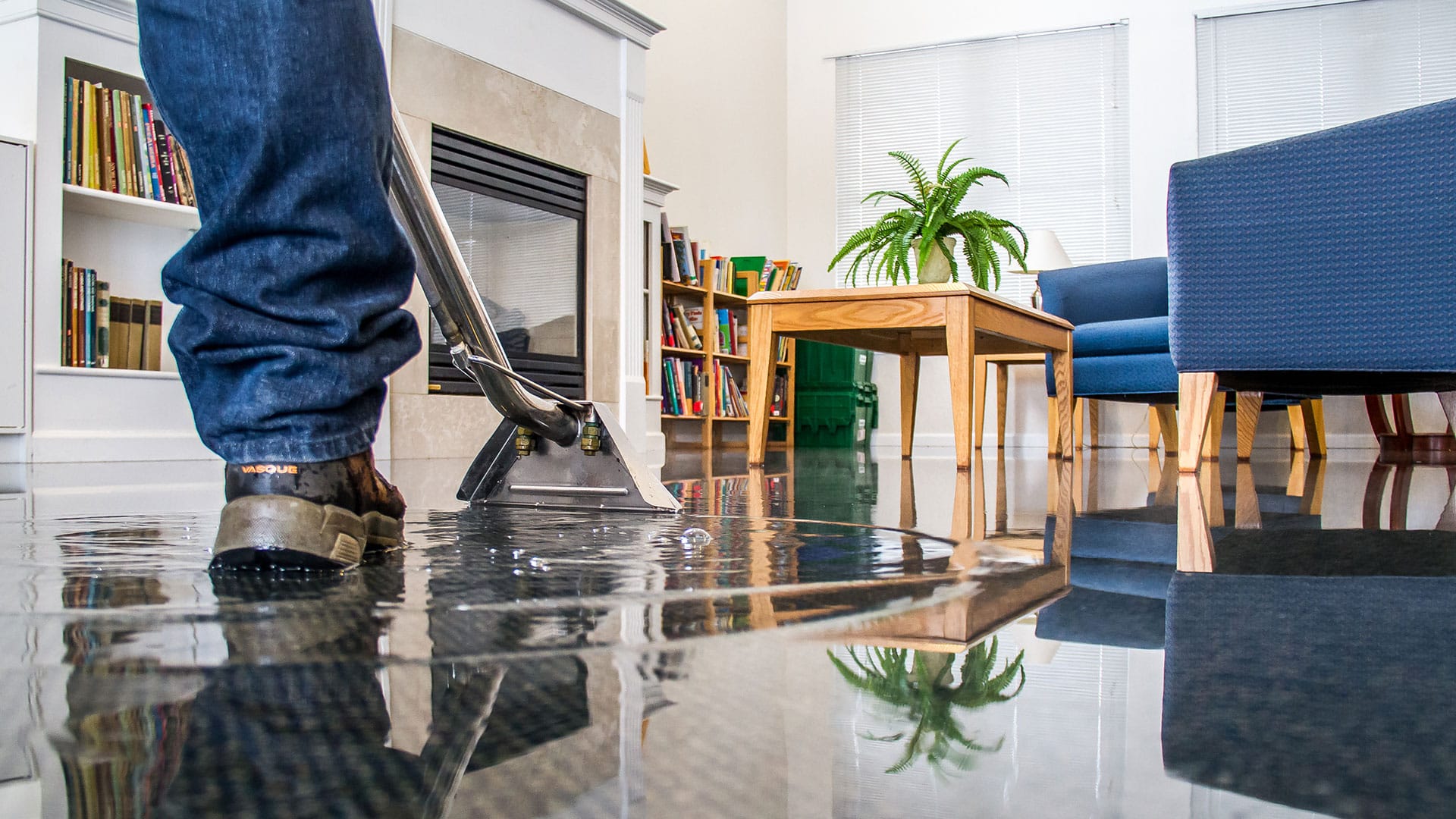An in-depth overview to Water Damage Restoration services
Water Damage Restoration 101: Comprehending the Process and Price
Water damage can strike suddenly, leaving house owners in a state of confusion. Recognizing the restoration procedure is necessary for efficient recovery. From evaluating the damage to selecting the right company, each action affects the overall result and expense. Aspects such as the kind of water damage and seriousness also play a significant function. What are the specific techniques utilized in reconstruction, and just how can one get ready for possible costs?
Kinds Of Water Damage

Initial Assessment and Inspection

Water Extraction Techniques
Following the initial analysis, effective water removal techniques are used to reduce damage and avoid further issues. These strategies entail using specific devices such as industrial-grade vacuum cleaners and completely submersible pumps - Mold Remediation After Water Damage. The choice of method depends upon the volume of water present and the kind of materials affected. For standing water, completely submersible pumps are commonly utilized for rapid removal, while vacuum cleaners are perfect for extracting water from carpetings and upholstery. Furthermore, advanced techniques like water removal floor coverings might be employed for hard-to-reach locations - Water Damage Restoration. The goal is to remove as much water as possible, decreasing the capacity for mold development and structural damage. Motivate and reliable water extraction is important in the general water damage restoration procedure
Drying and Dehumidification Process
When the water removal is full, the drying out and dehumidification procedure becomes important to recovering the afflicted location. This stage normally employs industrial-grade dehumidifiers and air movers to properly minimize dampness levels. The dehumidifiers pull in wet air, removing excess moisture, while air moving companies circulate air to accelerate evaporation. Tracking equipment is typically utilized to track moisture and temperature level levels, making certain perfect drying problems. The duration of this process can vary relying on the level of the water damage and ecological variables. It is important to extensively dry all impacted materials, including walls, floor covering, and home furnishings, to avoid mold and mildew development and structural damage. Correct execution of this action is essential for a successful repair outcome.
Cleaning and Sanitizing Affected Locations
Once the drying process is total, a detailed preliminary evaluation and examination of affected areas is vital to recognize contamination degrees. Effective cleaning methods and suitable items must then be utilized to remove particles and spots. Sanitization and sanitation techniques are vital to ensure that unsafe virus are removed, recovering the area to a risk-free condition.
Initial Evaluation and Examination
Prior to starting any kind of reconstruction initiatives, a comprehensive preliminary evaluation and inspection of the affected locations are vital for efficient cleaning and sterilizing. This procedure involves recognizing the degree of water damage, identifying the resource of the water breach, and assessing the materials affected. Examiners normally seek signs of mold development, structural integrity issues, and damaged belongings. The evaluation additionally includes checking moisture degrees making use of specialized tools to guarantee no concealed water pockets remain, as these can lead to further difficulties. Recording the searchings for is essential for intending the following action in the restoration procedure. A comprehensive initial analysis allows remediation experts to develop a targeted technique for reliable cleansing and sterilizing, inevitably decreasing damage and health dangers.
Cleaning Up Methods and Products
Efficient cleansing and sanitizing of water-damaged areas need a range of items and techniques customized to the details products impacted. For porous surface areas like drywall and carpets, removal techniques are vital to get rid of excess moisture, complied with by deep cleaning with specialized cleaning agents. Non-porous products such as ceramic tile or steel can be cleaned using commercial-grade cleaners that successfully get rid of pollutants. Heavy steam cleansing is another efficient technique, particularly for rugs and upholstery, as it utilizes heats to remove microorganisms and mold (Flood Cleanup Services). Furthermore, eco-friendly products are progressively popular for their security and efficacy - Water Damage Restoration. Eventually, picking the ideal cleaning approaches and items not only ensures instant sanitation but likewise help in protecting against additional damage and wellness hazards connected with water invasion
Sanitization and Disinfection Methods
When resolving water damage, appropriate sanitization and sanitation techniques are important to guarantee the security and health and wellness of the affected atmosphere. After initial cleaning, surfaces have to be treated with proper anti-bacterials to eliminate virus, mold, and bacteria that flourish in moist conditions. Common techniques include using EPA-approved chemical anti-bacterials, which can be used via spraying or cleaning techniques. Furthermore, ultraviolet (UV) light systems can properly sanitize locations by neutralizing microorganisms without extreme chemicals. The option of method usually depends upon the kind of materials affected and the level of contamination. Inevitably, extensive sanitization not just recovers a safe living space however also assists avoid future wellness threats connected with remaining Water Extraction And Drying dampness and mold development.

Fixings and Restoration Options
Reviewing the damage brought on by water direct exposure is vital for establishing the appropriate repair work and repair choices. Property owners might deal with various concerns, including damaged drywall, deformed flooring, and compromised architectural aspects. Depending upon the extent of the damage, repair work might entail changing areas of drywall, mounting brand-new floor covering, or enhancing architectural beams. In cases of serious damage, total substitute of damaged products could be needed. Additionally, expert restorers typically recommend utilizing wetness meters to assess surprise dampness degrees prior to choosing the finest course of action. It is necessary to act promptly to stop mold development and further wear and tear. Picking the best alternatives not only recovers the home however likewise assures long-lasting safety and performance.
Aspects Affecting Restoration Costs

The level of water damage directly impacts the remediation sets you back property owners can anticipate to incur. Variables such as the resource of the water, the duration of exposure, and the damaged products greatly influence rates. Tidy water damage from a damaged pipeline is typically less costly to restore contrasted to damage triggered by sewage. In addition, the degree of contamination dictates the demand for specialized cleansing and disposal solutions, additionally enhancing expenses. Geographic location additionally plays a duty, as local labor prices and accessibility of remediation services can differ. Finally, the urgency of the feedback impacts expenses; quicker interventions commonly lead to lower general expenditures by preventing further damage. Comprehending these aspects is vital for house owners when approximating repair costs.
The three main types of water damage are classified based on contamination levels: clean water, grey water, and black water. An extensive first assessment and assessment are crucial steps in the water damage remediation process. For standing water, completely submersible pumps are normally utilized for quick removal, while vacuum cleaners are excellent for removing water from carpetings and upholstery. The degree of water damage directly impacts the restoration sets you back house owners can anticipate to sustain. Clean water damage from a broken pipe is typically less pricey to bring back contrasted to damage triggered by sewage.